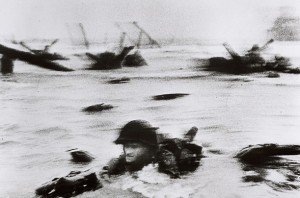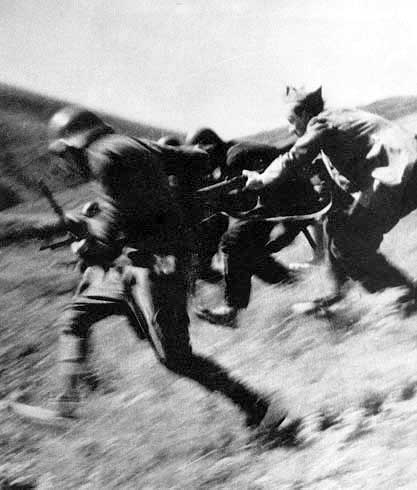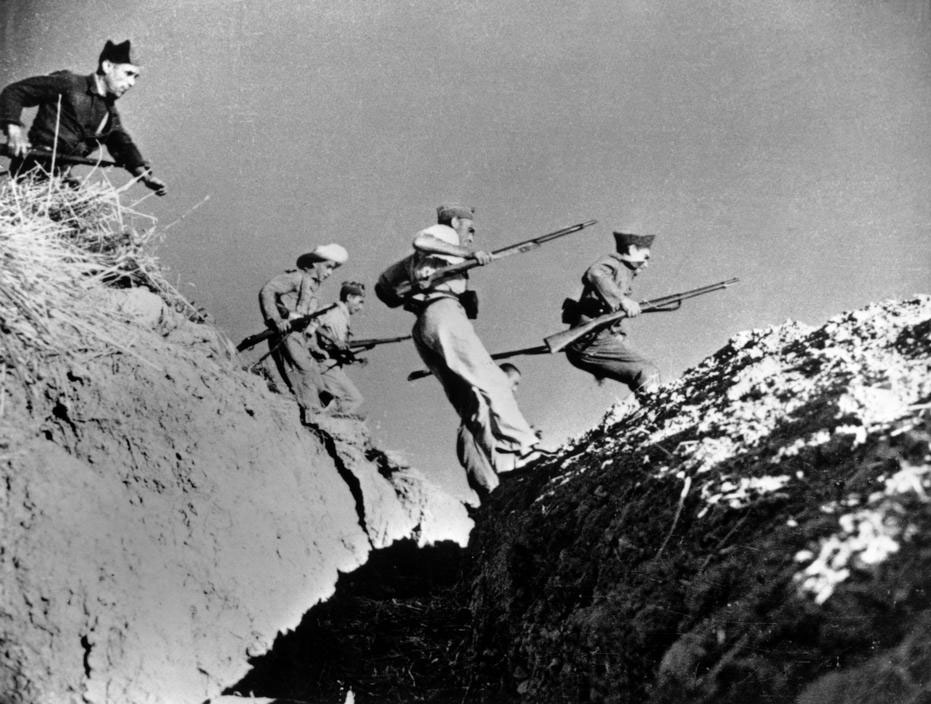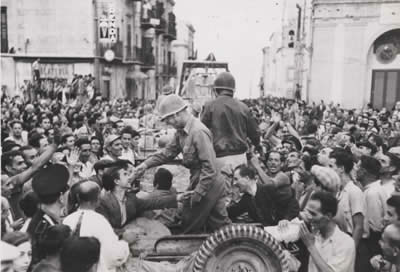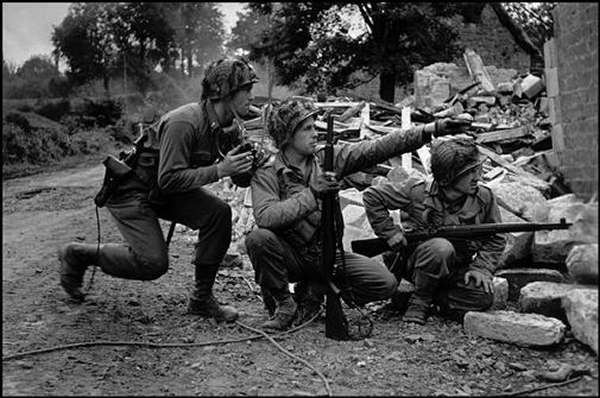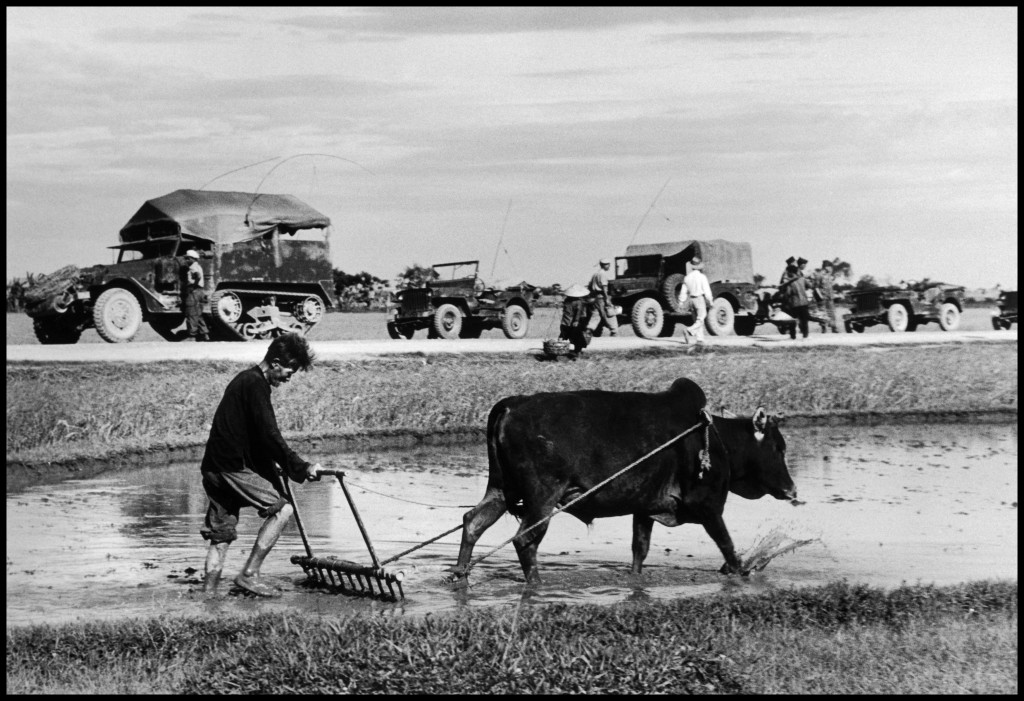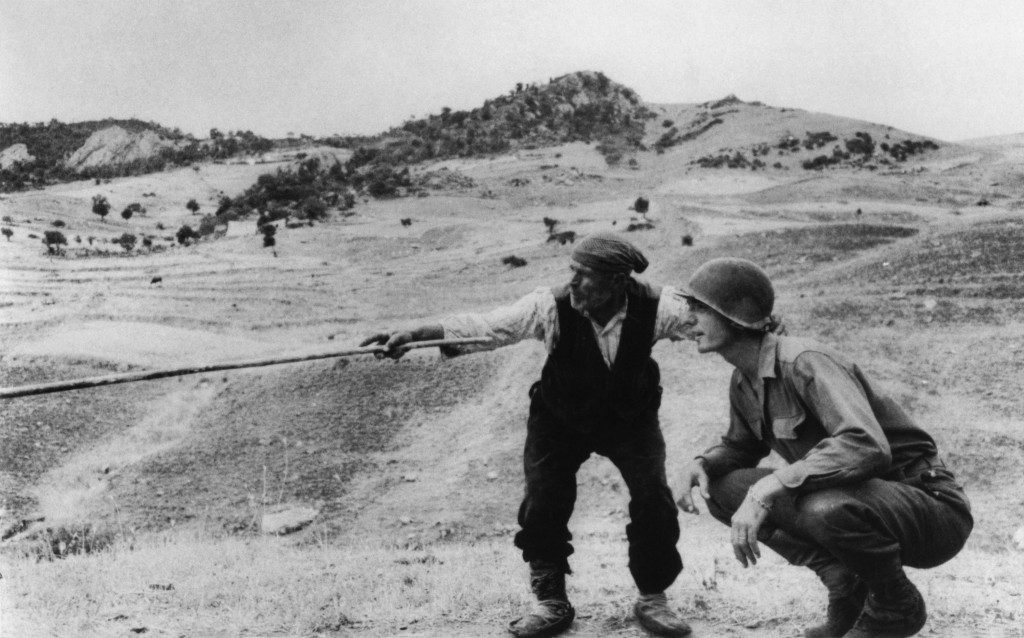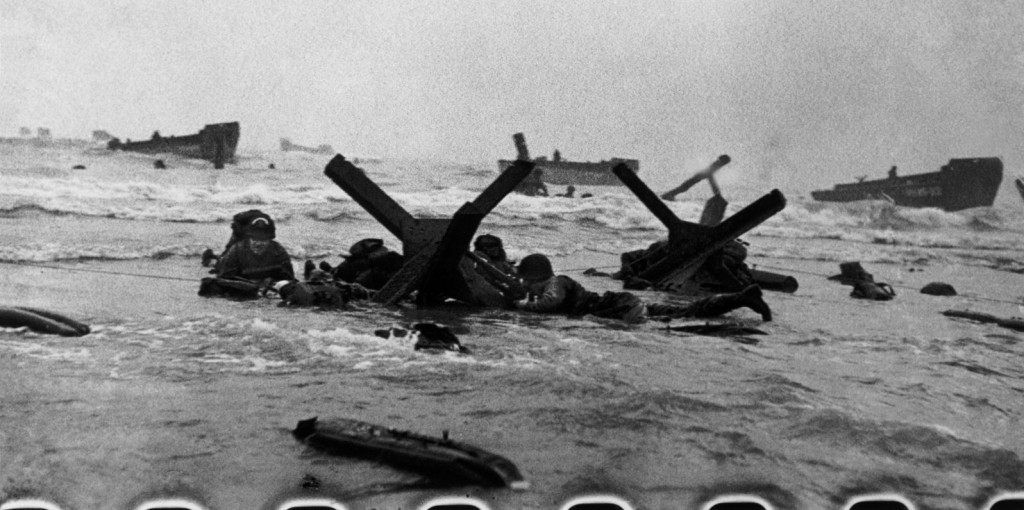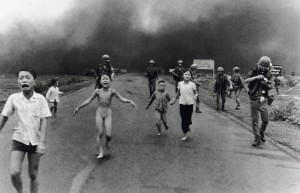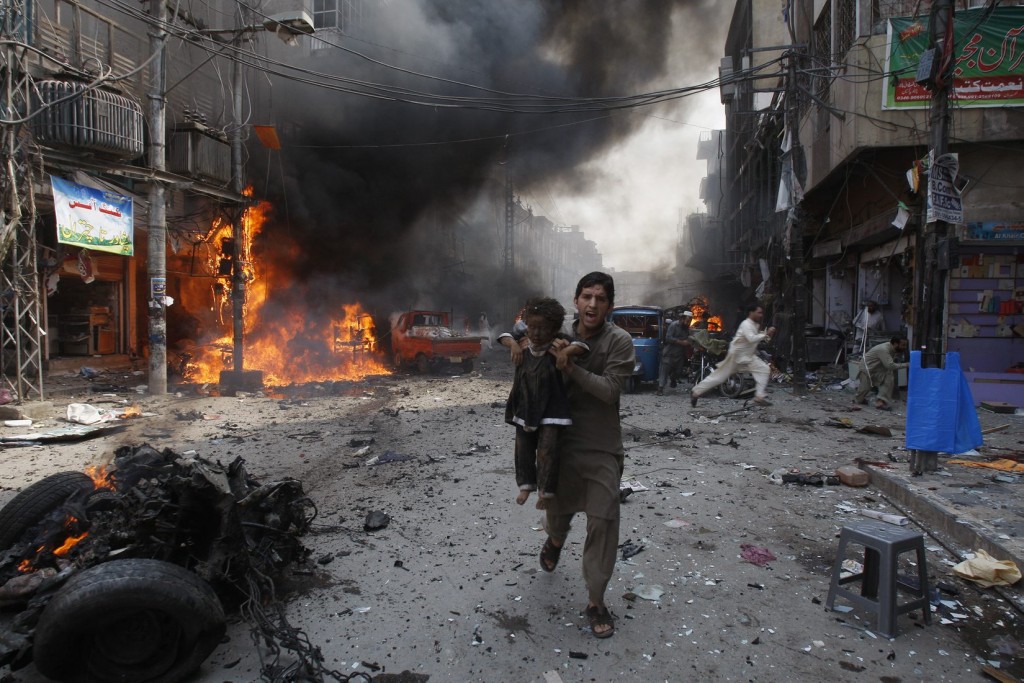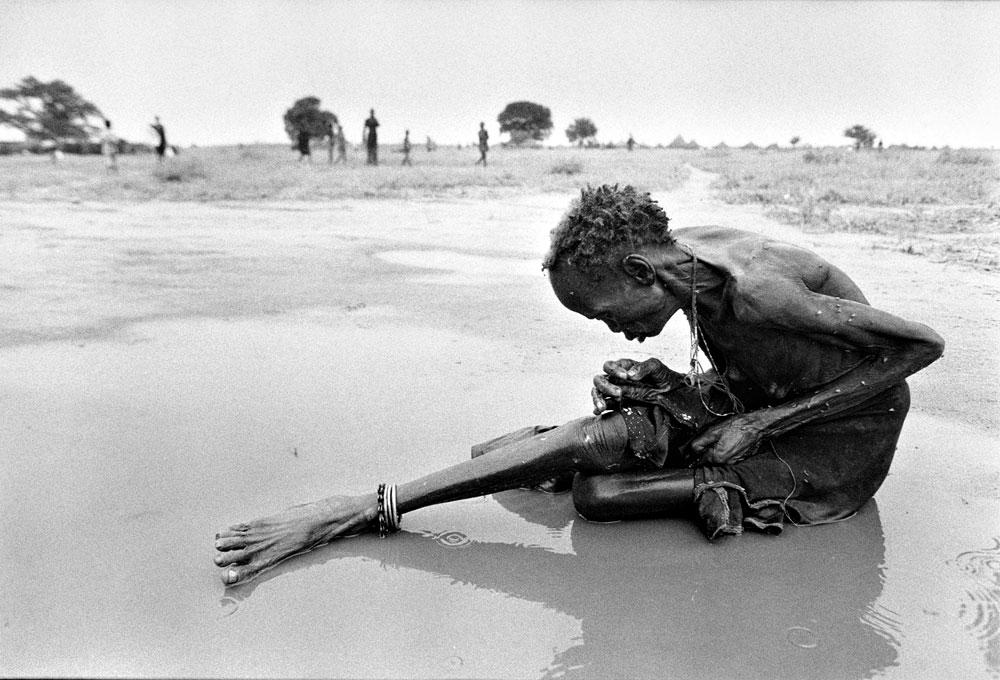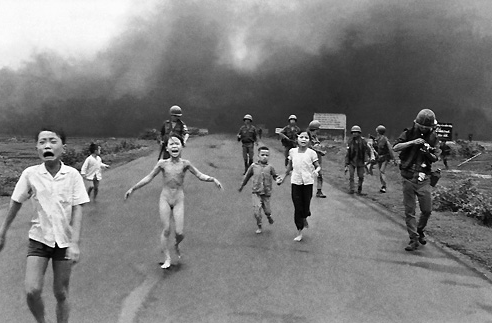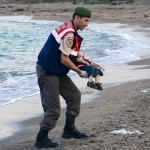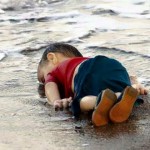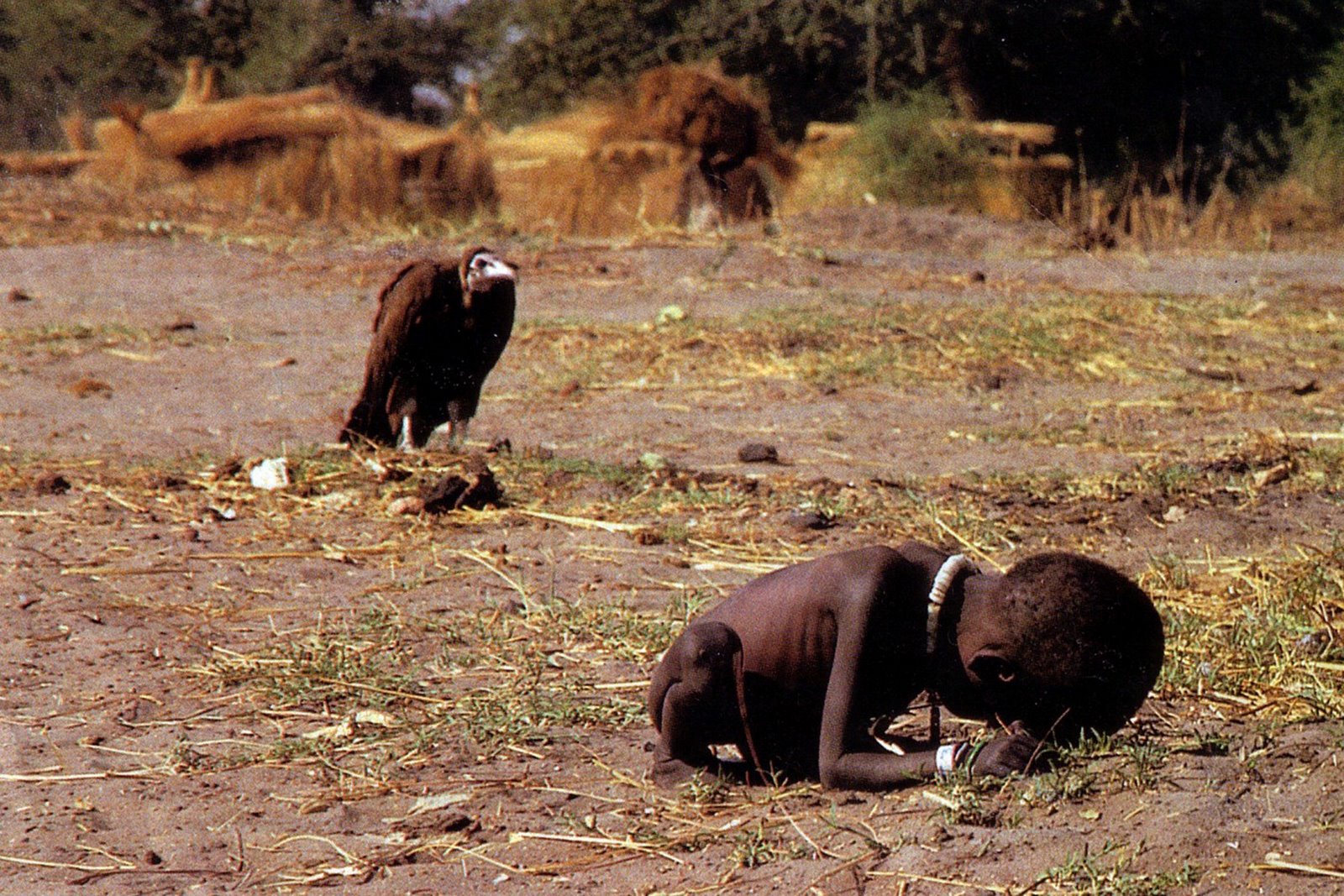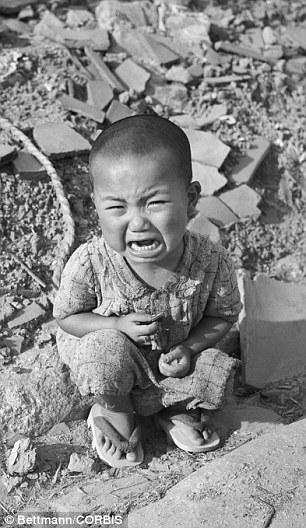Robert Capa was a Hungarian war photographer [photojournalist]. He covered five wars; the Spanish civil war, the Second Sino-Japanese war, World War II across Europe, the 1948 Arab-Israeli war and the First Indochina war. Capa died while capturing images during the First Indochina war after stepping on a landmine, in 1954.
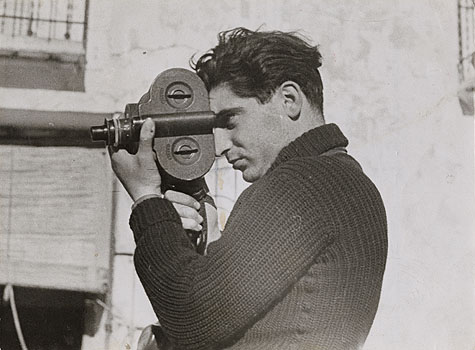
“It’s not always easy to stand aside and be unable to do anything except record the sufferings around one” – Robert Capa
Robert Capa’s archive: http://www.magnumphotos.com/C.aspx?VP3=CMS3&VF=MAGO31_10_VForm&ERID=24KL535353
News article of Robert Capa: http://www.vanityfair.com/unchanged/2014/06/photographer-robert-capa-d-day
Robert Capa was one of the co-founders of Magnum Photos and the International Centre of Photography. I think that Capa was a risk taker and did so to make the best, most inspiring images possible. One of his most iconic images came from the D-day landings, this image is one that inspired Steven Spielberg to make Saving Private Ryan. All of the images Capa took on the day of the D-day landing in France, June 6 1944, were almost ruined as the editor of the paper wanted them developed as quickly as possible. The photos that weren’t destroyed became some of the most iconic images from World War II. These images were slightly smudged and blurred but to me these look more raw and real as if the photographer was running in on the action and getting out of the way. I like the way this image looks as it gives you a sense of how fast pace the action is down at the war front that not even the photographer can stand still for a second to capture a photograph, he too has to remain on the move. 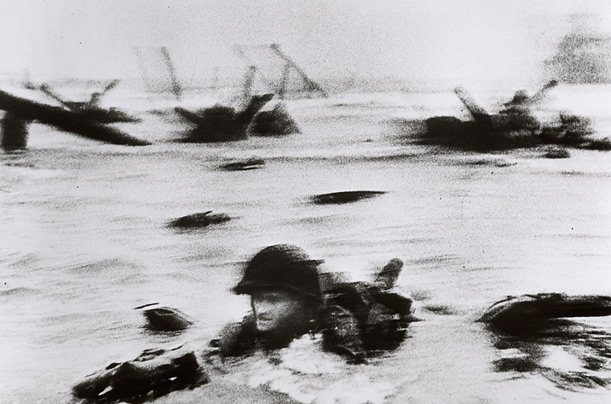 I like this image as it shows one soldier clambering his way through the blood covered waters in an attempt to make it to shore and fight the enemy lines. This image shows the rest of the world what soldiers actually went through during the war and how tough it was to fight and how easy it was to lose your life. The soldier in the centre of this photograph looks very serious and in the zone as if he is ready to fight for his country and to protect those he is fighting for. The barriers in the background show some soldiers hiding behind them, trying to avoid bullets. Sometimes I feel that we are numb to the struggle that soldiers went through during the war, we forget how many of them lost their lives and how many of them barely survived. We forget that they are not only left with physical scares but also mental ones too. This image makes you remember, it makes the spectator believe every moment and allows them to remember the kind of tragedies that they went through every second of the war. Not only did innocent people die, but there were actually people willing to risk their own lives and happiness to defend their country to make a stop to the madness which was uncovered during World War II.
I like this image as it shows one soldier clambering his way through the blood covered waters in an attempt to make it to shore and fight the enemy lines. This image shows the rest of the world what soldiers actually went through during the war and how tough it was to fight and how easy it was to lose your life. The soldier in the centre of this photograph looks very serious and in the zone as if he is ready to fight for his country and to protect those he is fighting for. The barriers in the background show some soldiers hiding behind them, trying to avoid bullets. Sometimes I feel that we are numb to the struggle that soldiers went through during the war, we forget how many of them lost their lives and how many of them barely survived. We forget that they are not only left with physical scares but also mental ones too. This image makes you remember, it makes the spectator believe every moment and allows them to remember the kind of tragedies that they went through every second of the war. Not only did innocent people die, but there were actually people willing to risk their own lives and happiness to defend their country to make a stop to the madness which was uncovered during World War II.

